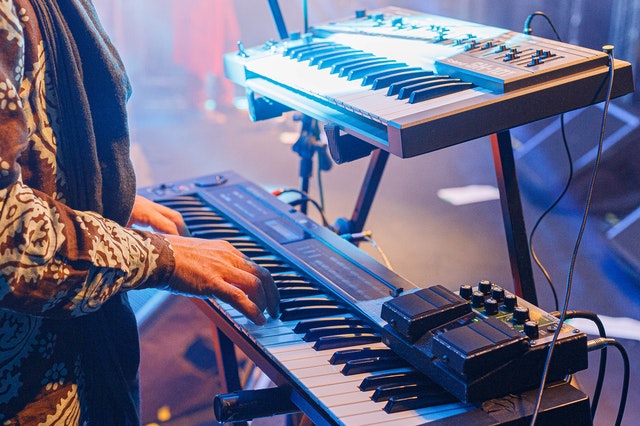Soldering iron is a widely used tool by enthusiasts as well as the professionals in electronics and other industries for repair and manufacturing jobs. The iron can join two metals temporarily and make for a delicate and precise connection that can serve many different purposes. Technological advancements have also contributed towards the upgrade of the soldering irons so that the new ones contain more features and have more effective capabilities. Below are the types of soldering iron options to consider while choosing one:
Air Cooled Iron – The commonly used soldering irons are cheap and do not have any kind of thermostat or temperature control feature. The tip is cooled by the air of the surroundings. This iron can be used for many jobs but for advanced and sophisticated jobs their use is not recommended.
Temperature Controlled Iron– This soldering iron has an inbuilt thermostat so that the temperature of the bit/tip can be controlled. If the element has a higher wattage, it can provide for good soldering and the temperature would not rise excessively. Apart from the adjustment or controlling of the temperature, the iron may also have a small display indicating the temperature of the tip or bit.
Soldering Station– The soldering station includes the soldering iron or the soldering pencil along with the power station, to which the iron is attached. It is easy to control the temperature of the soldering iron through the knob, while the soldering station can also automatically control the temperature, which makes it more power efficient.
Rework or Repair Soldering Stations– These advanced soldering stations include soldering iron, temperature control and much more. They are usually used by the high volume electronic manufacturers as well as the professionals for regular jobs in industries. The station may also include the desoldering equipment/gun, thermal-tweezers, hot air gun, and others.
Tips specifications
The size, shape, and style of the tip of the soldering iron should also be considered while buying a soldering iron. The tips should be used in accordance with the job as the smaller tips would not transfer adequate tip, while an unnecessarily large tip may spoil, damage, and overheat the circuit board.
Wattage
For the smaller, regular and PCB works, a power consumption or wattage specification of around 25 watts is enough. A wattage specification of around 40 watts may be required for the general and the heavy soldering work.
Static Protection
The new soldering irons also have the static protection feature or the ESD (Electrostatic Discharge) safe design. If you have to use the soldering iron for professional jobs and the ESD safe design should be preferred as it improves the quality of products, make them more reliable and prevents the failure of components.
Stand
The iron temperature can reach to up to 300-degree centigrade and hence it is good if you have a stand to place the iron safely when it is not in use.
The soldering iron varieties available today have their own pros and cons and the application and budget may be the deciding factor. While the lesser pricey soldering irons can suit most of the jobs, features like temperature control can only be found in the more expensive soldering irons, and hence you should be careful when you buy soldering iron.



